Market reports
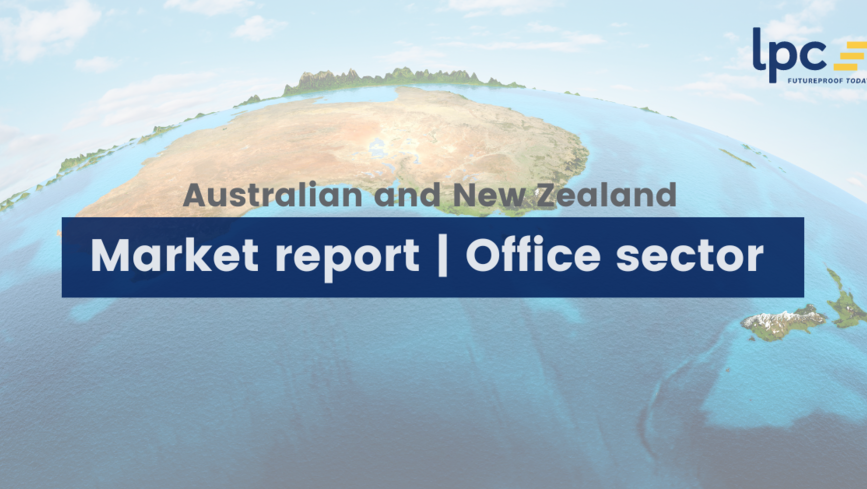
Vacancies continue to rise in the two biggest office markets of Sydney and Melbourne, both up by 1% from July 2022 as a result of negative demand. The Sydney CBD saw negative demand across A, B and C Grade stock, however the Premium Grade stock demand remained positive as a result of the post-Covid trend of flight to quality buildings. The Perth, Adelaide and Canberra markets also saw a rise in vacancy over the last six months. Non-CBD vacancy as a whole rose across Australia, with all Sydney non-CBD markets recording an increase in vacancy apart from Parramatta with the only positive demand of just under 13,000sqm. Hobart remains the tightest market in Australia at 2.5% vacancy. Brisbane saw a further decrease in vacancy down to 12.9% and continued to see positive demand at more than 40,000sqm. This is four times the historical average for Brisbane. Watch our Office Market Update and download our Office Market Reports for more information...
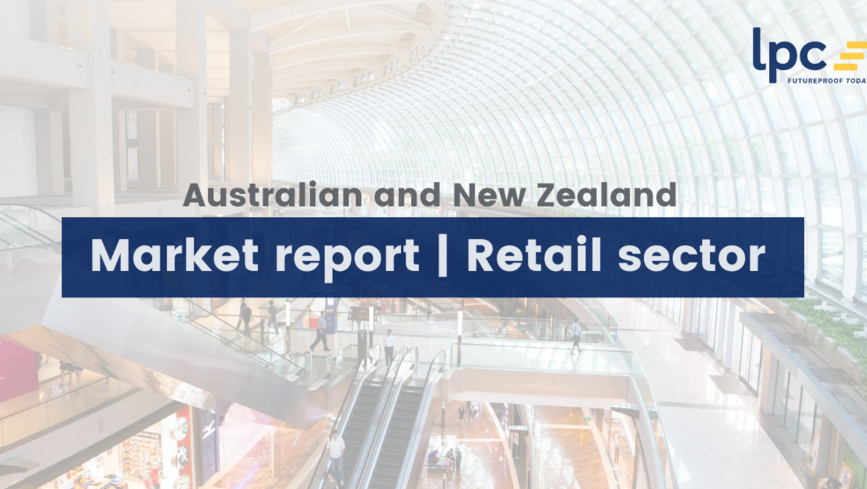
There have been limited new developments in large format retail since Covid and we are seeing a decrease in vacancy with an upward trend in face rents and reductions in incentives. We are seeing vacancy decreasing in shopping centers and landlords raising face rents and reducing incentives on offer. Vacancy in neighbourhood centers remains static as it does in the CBD which continues to be impacted by lower office occupancy. Rent reviews have increased across all sectors with expectations of this trend to continue. Retail rent reviews are typically based on a CPI plus percentage basis and Australia’s December CPI figure had a national rate of 7.8%. A rate this high hasn’t been seen since June 1990 and is now the fourth quarter in a row recording above 5%. Watch our Retail Market Update for more information...
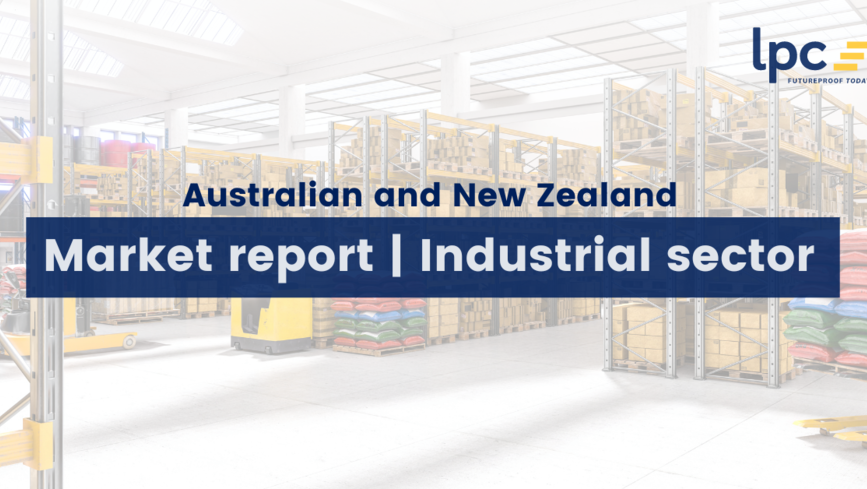
The industrial real estate market is experiencing a consistent trend of decreasing vacancy with some cities, such as Sydney, reaching extremely low levels of 0.2%. This is the lowest industrial vacancy rate of any city globally. As a result of this low vacancy we are observing an upward trend in net-face rents across all markets. Watch our Industrial Market Update for more information...

The overall office market vacancy rate for Sydney CBD remains at 10.1% being the highest vacancy rate for over the past decade. Leasing activity has slowed during this quarter because of inflation, rising interest rates and the uncertainty in the overall global economy as these factors have damped business confidence.
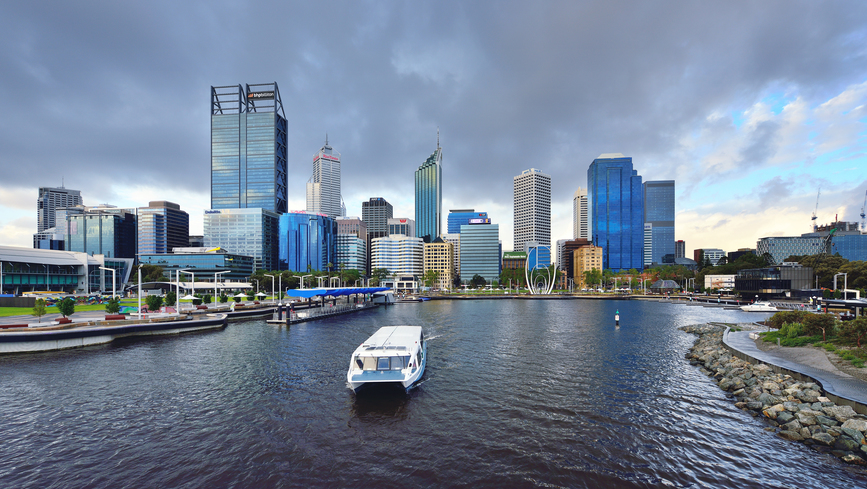
The Western Australian economy remains very strong with excellent opportunities for employment growth provided suitably skilled staff can be found and residential accommodation secured. Exports remain strong with over 45% of goods exported from WA 2021-22. As of 20 October 2022, the State is contributing 16% to the national economy.

As Melbourne’s office workers continue to lag the rest of the country in returning to the CBD office environment, the vacancy rate of the CBD continued to increase to 12.9% as of July 2022.
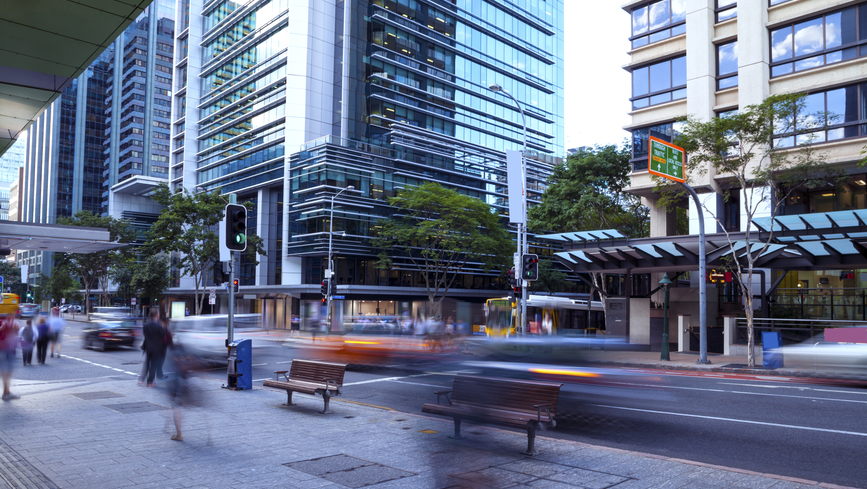
Brisbane CBD’s vacancy was the only CBD, along with Adelaide to decrease over the 6 months to July 2022, decreasing from 15.4% to 14.0% for a change of 1.4%. Brisbane has seen the strongest demand for office space, at a rate of more than three times the historic average. However, the fact that there was a large withdrawal of stock should also be considered when refencing the overall vacancy statistics in Brisbane. The appetite and a flight to quality seen at the start of 2022 has continued with several precommitments to future developments transacting.
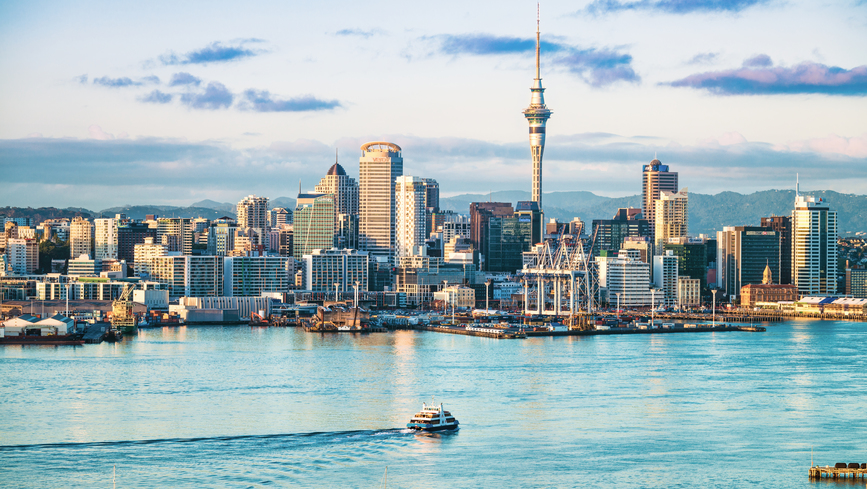
Overall vacancy rate for Auckland CBD Office increased to 11.6% in Q3 2022. The spread of occupancy is further divided to 10% from 7.2% last quarter between Prime and Secondary grade. Primary grade was record 6.6% while Secondary grade vacancy rate was recorded at 16.6%.